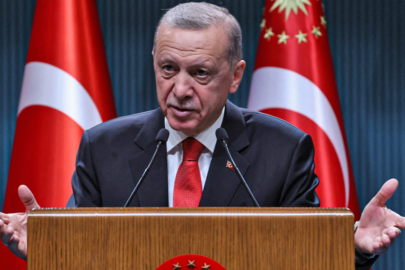Back in 2010, the average internet penetration rate in African countries was just 9.3 percent. Countries such as Morocco, Seychelles and Tunisia were noticeable outliers with 52, 41, and 37 percent of the population classed as internet users, respectively. Nevertheless, 35 countries had a rate of under ten percent, while Niger, Ethiopia, DR Congo, Eritrea, and Sierra Leone were all sitting under the one percent mark.
As Statista analysis of World Bank data shows though, 2020 (or the latest available year) has already brought significant positive changes to the rates of a great number of countries on the continent. The largest relative increase was observed in Ethiopia which went from a mere 0.8 percent to 25.0 – an increase of over 3,200 percent. Similarly, spectacular progress was made in other countries which had very low rates in 2010, such as Sierra Leone, Guinea, and DR Congo to name just a few.
While this progress is clear to see on the infographic below, what is also clear is that there is still a lot of potential to be fulfilled. While no country has a rate below one percent anymore, and just seven are under ten percent, the average rate is still just 31.7. Compared globally, South Asia’s overall rate is closest at 35.3 percent, but other global regions are much further ahead (for the time being).
You will find more infographics at Statista




































